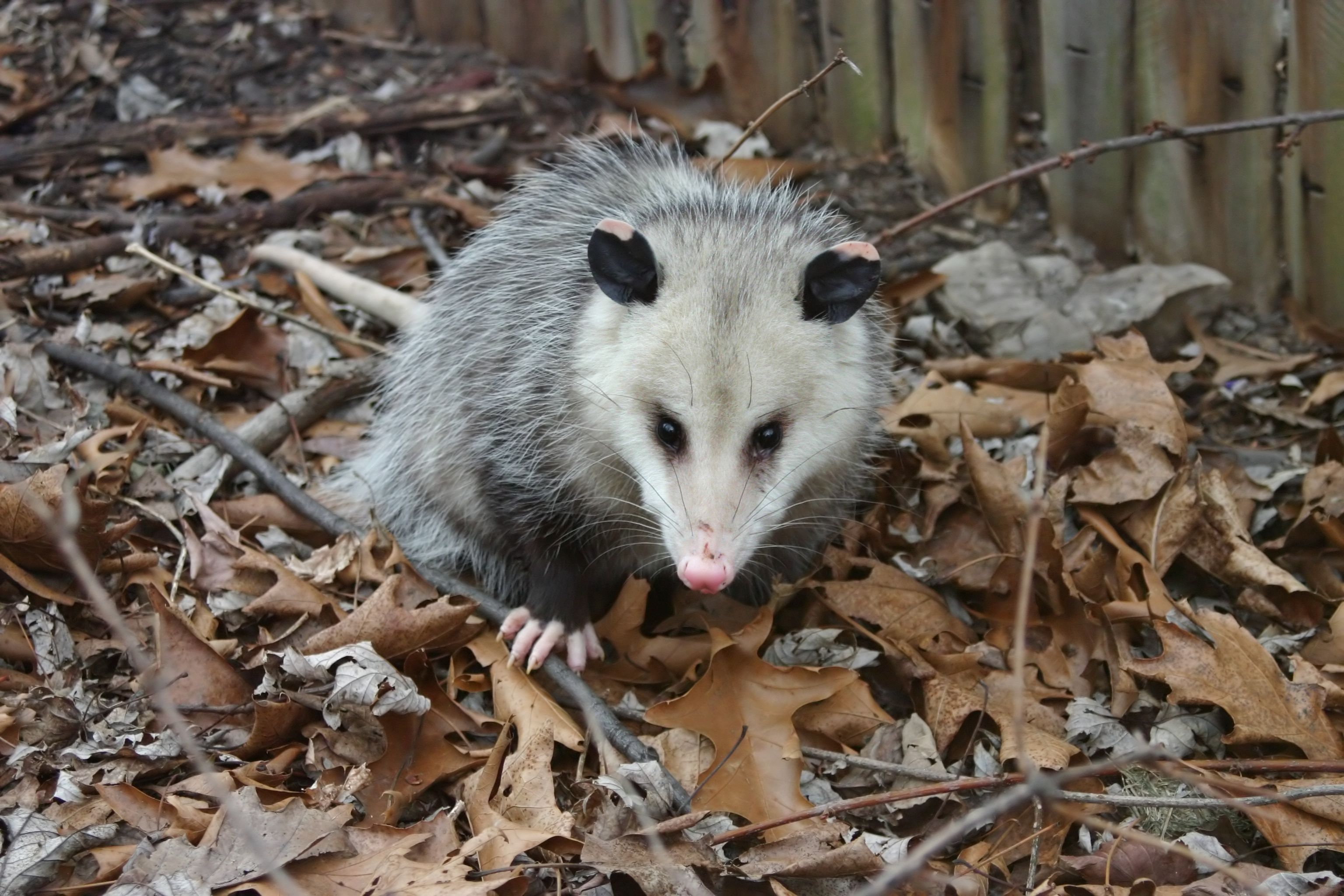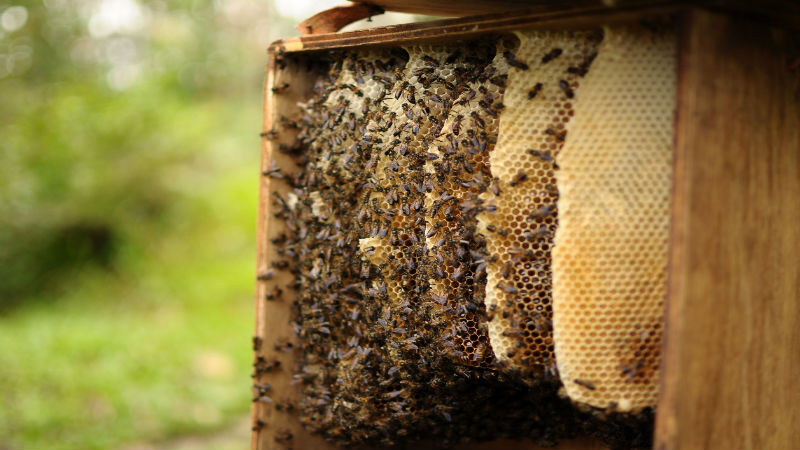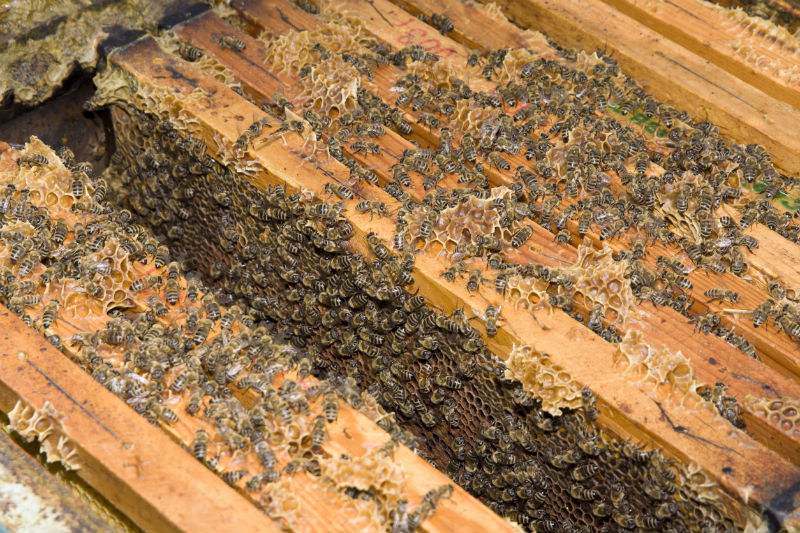When a nuisance animal has decided to take up residence in or near a home, it can cause more than just hassle. While many species are well-adapted to their natural environments, they are often not well-suited for sharing space with human neighbors. Many carry dangerous diseases such as rabies and distemper, some of which can be transmitted to human inhabitants. It’s best not to approach any wildlife, particularly if the animal is behaving strangely. Instead, lock up any pets or small children who might not heed the warning and call an expert in Animal Control in Columbus OH. It’s also worth taking some time to learn the common symptoms of rabies, listed below. Always inform the wildlife professional who comes to trap the animal if it appears to be ill.
Aggressive Behavior
Animals that are otherwise docile become aggressive when infected with the rabies virus. That means dogs that have been bitten will be more likely to bite their owners. It also means that wildlife that otherwise keeps to itself will be more bolder and more likely to approach people.
Trouble Walking, Eating, or Drinking
If the animal is stumbling and has difficulty with motor control, it could be infected with rabies. Animals also lose their appetite and stop drinking, although these signs will be less obvious in wildlife than in household pets.
Daytime Activity
Animals that are nocturnal begin to come out during the day. They are no longer looking for food. Their brains are being impacted by the disease. Raccoons, skunks, and bats that are out while the sun is still high could very likely be infected.
Don’t Assume Only Raccoons and Dogs Get Rabies
Other mammals like skunks, foxes, and even rabbits are all susceptible to the disease as well. Believe it or not, one of the most common carriers in many places is bats. It’s best to assume that any mammal behaving strangely may be a carrier and encourage everyone to keep their distance until a professional arrives.
Protect pets and loved ones; know when to call Animal Control in Columbus OH. Get more information about wildlife diseases online today.


